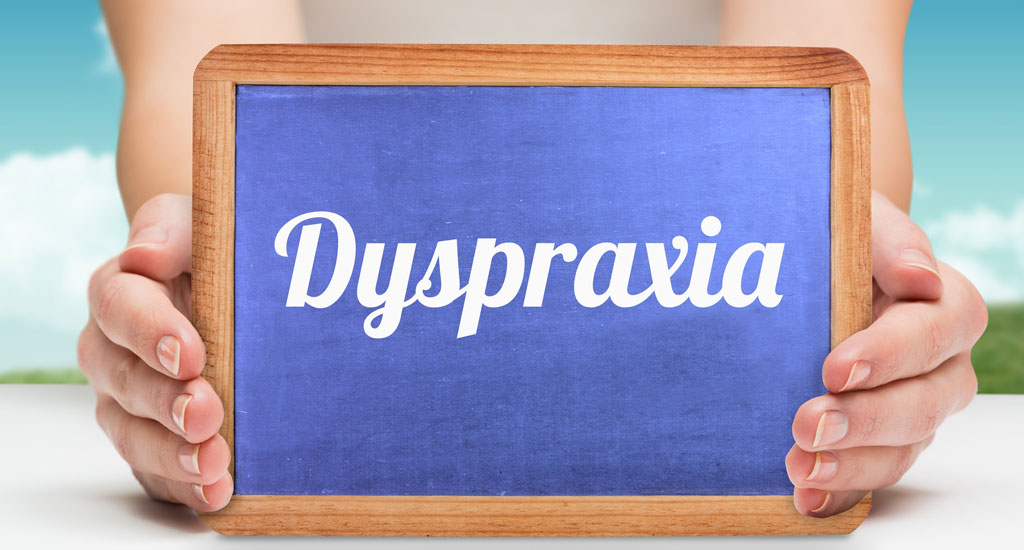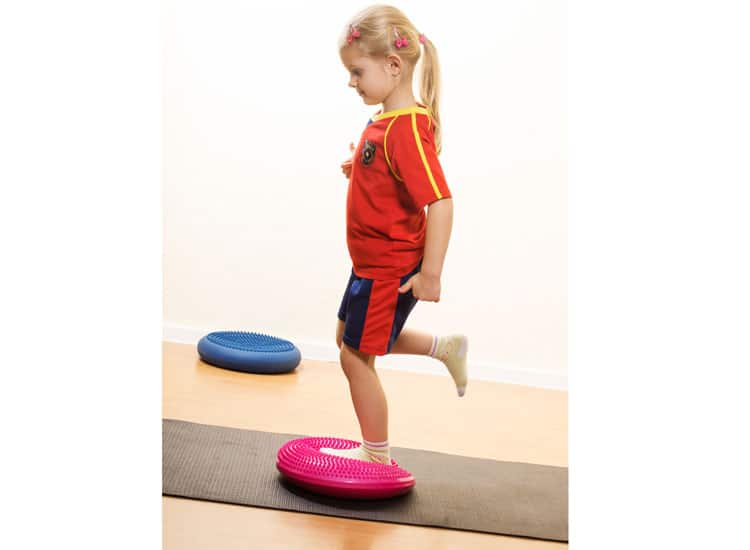DYSPRAXIA
The signs to recognise Dyspraxia
-
-
- poor balance
- poor fine and gross motor coordination
- difficulty dressing, tying shoe laces, using cutlery
- difficulty riding a bike and with PE
- tactile dysfunction
- poor awareness of body position in space
- difficulty with reading, writing, speech
- poor social skills
- emotional and behavioural problems
-
What is Dyspraxia?
The definition of ‘Dyspraxia’ is that it is a developmental disorder of the brain in childhood causing difficulty in activities requiring coordination and movement.
Dyspraxia is also known by other names including, ‘clumsy child syndrome’, ‘motor learning problems’, or ‘sensory integrative problems’
Despite adequate teaching, there are children and adults who have difficulty with movement and specific aspects of learning. Dyspraxia is a difficulty with thinking out, planning and carrying out any sensory/motor tasks. Often, the person with dyspraxia may have a combination of a number of problems in varying degrees.
What do children with Dyspraxia need?
Children with dyspraxia benefit most from one-to-one therapy. They also need support and understanding in the educational system.
How can the Davis Program help? What do we do?
There is a fast and simple way to put an end to left/right confusion problems for good. Alongside other exercises, we work with Koosh balls as they are light, furry toy balls that are made of rubber. This process encourages both sides of the brain to be used equally with a rather imminent improvement to be noticed even after a few days.




